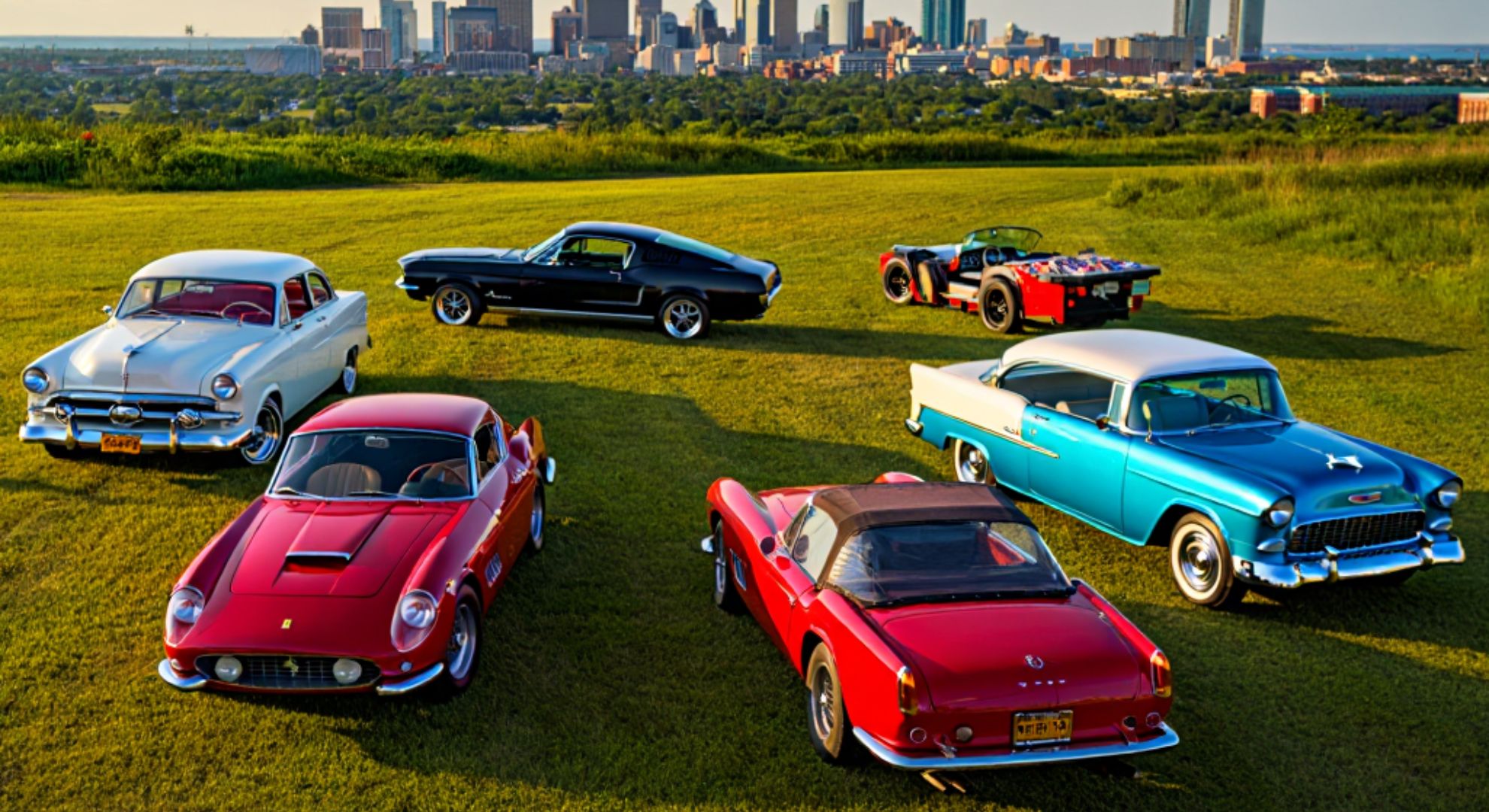The romance of a carbureted engine gliding past a modern skyline feels timeless, yet policy winds are shifting. Lawmakers are weighing a nationwide approach that would curb the presence of classic automobiles in dense urban cores. The stakes are cultural as much as environmental, and the debate is louder than a straight-piped V8 at dawn.
What’s on the table
Draft language suggests tighter entry rules for older, higher-emitting vehicles, especially during peak hours in central districts. Some proposals would require permits or impose daily charges, while others would set mileage caps for historic plates within designated zones. A few variants contemplate seasonal bans tied to pollution alerts, paired with exemptions for parades, charity events, or museum-grade collections.
“Public health is a core mandate, and transportation is the biggest lever we can pull,” says Ana Ruiz, a hypothetical city air-quality director. “We’re targeting the dirtiest miles, not the rare Sunday drive.”
Why now
Urban air remains a stubborn challenge, with transport emissions undermining climate goals. While vintage cars are a small share of traffic, they emit disproportionately more pollution per mile. City leaders argue that any high-impact reduction is worth pursuing when heat, smog, and respiratory illness trends are moving the wrong way. Noise is part of the conversation too, as acoustic stress mounts alongside congestion and tourism.
Critics counter that heritage motoring is not the primary culprit, pointing to freight, ride-hailing, and stop‑and‑go delivery traffic. “We’re part of the city’s story, not a public enemy,” argues Jean M., a fictional classic-car club president. “Our cars are maintained, sparingly used, and deeply loved.”
Who gains, who worries
Residents living near busy arterials see potential relief from cleaner air and quieter streets. Health advocates emphasize reduced asthma risks for children and elderly neighbors. Owners fear loss of access, declining vehicle values, and the erosion of automotive heritage in public space.
Policymakers frame the change as calibrated, not punitive. “The goal is smarter access, not blanket bans,” says Malik Porter, a hypothetical deputy mayor for mobility. “If we can safeguard air quality while preserving cultural traditions, that’s a win all around.”
How different cities handle it
Below is a compact comparison of current and emerging approaches often cited in policy briefings. Specifics evolve, so always check local rules before planning a drive.
| City/Region | Current stance on classics | Emerging ideas under discussion | Typical exemptions |
|---|---|---|---|
| London | ULEZ applies broadly; vehicles over 40 years old often tax‑exempt and generally ULEZ‑exempt | Tightening compliance checks, geofenced corridors | Registered historic status; limited‑use provisions |
| Paris | ZFE phases out higher Crit’Air categories; collection vehicles may receive special treatment | Stricter timelines after pollution spikes | Registered collection plates; event-based passes |
| Berlin | Umweltzone requires stickers; H‑plate classics commonly exempt | Additional noise and peak‑hour constraints | H‑plate (historic) recognition |
| Los Angeles | No citywide LEZ; state emissions standards apply | Downtown clean air zones floated in studies | Limited-use permits; parade/event waivers |
The mix skews toward targeted controls with heritage exemptions, aiming to curb routine commuting while allowing symbolic appearances.
Bridging the gap
Nuance can keep both lungs and legends alive. Cities weighing new limits could blend carrots and guardrails that reduce emissions without erasing street‑level heritage:
- Low-mileage caps tied to connected odometers, with generous event-day multipliers and transparent annual reporting
Such a framework encourages occasional, curated use, not daily commutes, while preserving the civic texture enthusiasts bring to weekend meetups.
The retrofit question
Electrification retrofits—battery swaps, e‑axles, and discreet motors—are moving from novelty to niche solution. They cut tailpipe emissions to zero, but purists worry about erasing mechanical character. Grants and inspection protocols could validate sympathetic conversions, preserving original hulls and reversible mods. Insurance and registration codes may need updates so converted classics remain legally distinct from kit‑built replicas.
“Keep the soul, clean the air,” says Claire O., a hypothetical retrofit engineer. “You can save the patina and lose the soot—it’s not either‑or by default.”
What owners can do next
Track the legislative calendar and engage early with city committees. Document your vehicle’s status—historic registration, annual mileage, emissions tests if applicable. Consider quiet hours and cleaner fuels where allowed. Explore group advocacy that proposes constructive alternatives, not just blanket opposition. Finally, map routes that thread low‑emission corridors, and plan events with local partners to demonstrate responsible stewardship.
The policy path isn’t set in stone, and neither is the future of living heritage on urban streets. With careful design, the city can breathe easier while the past still turns its polished wheels.
